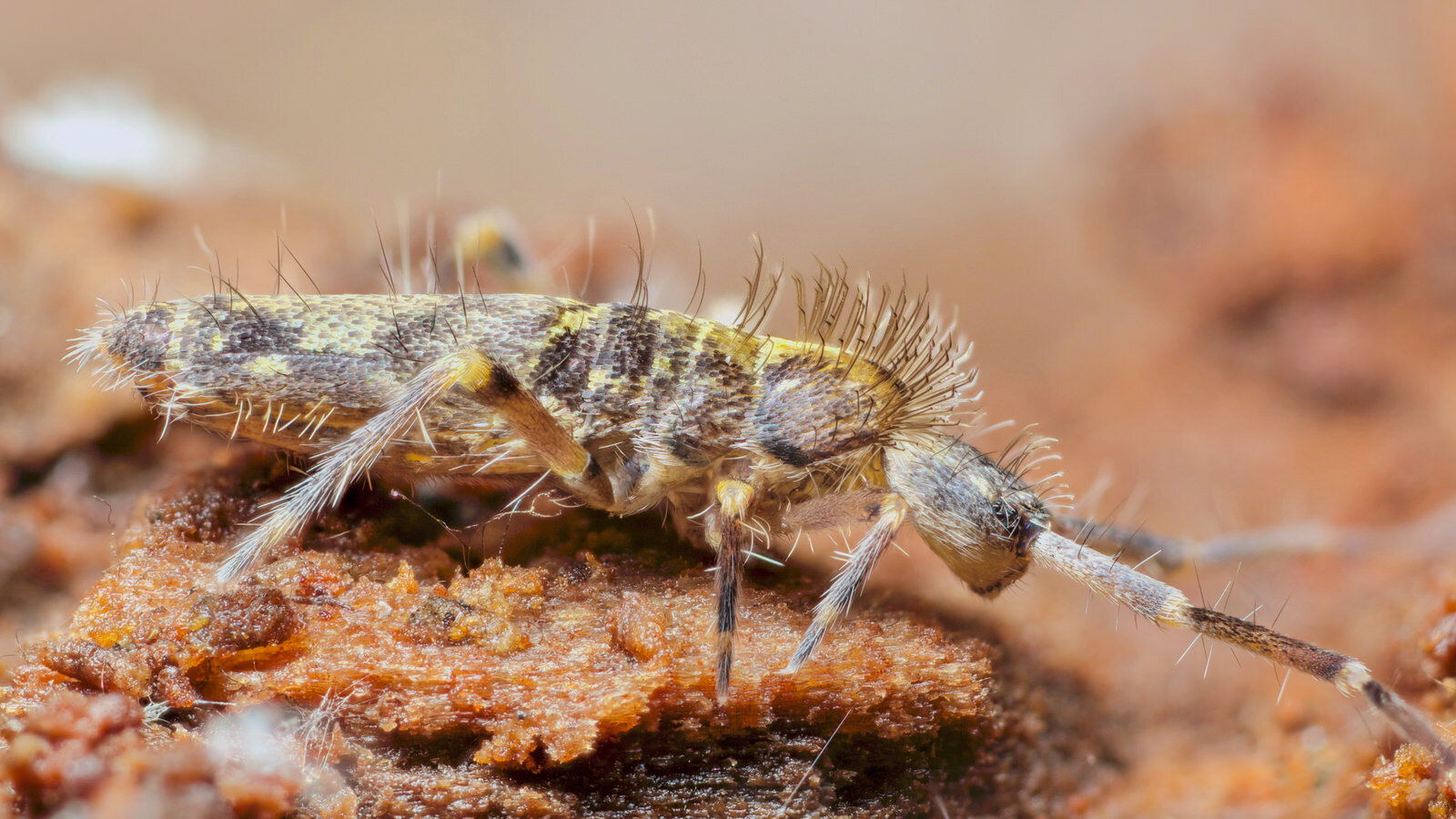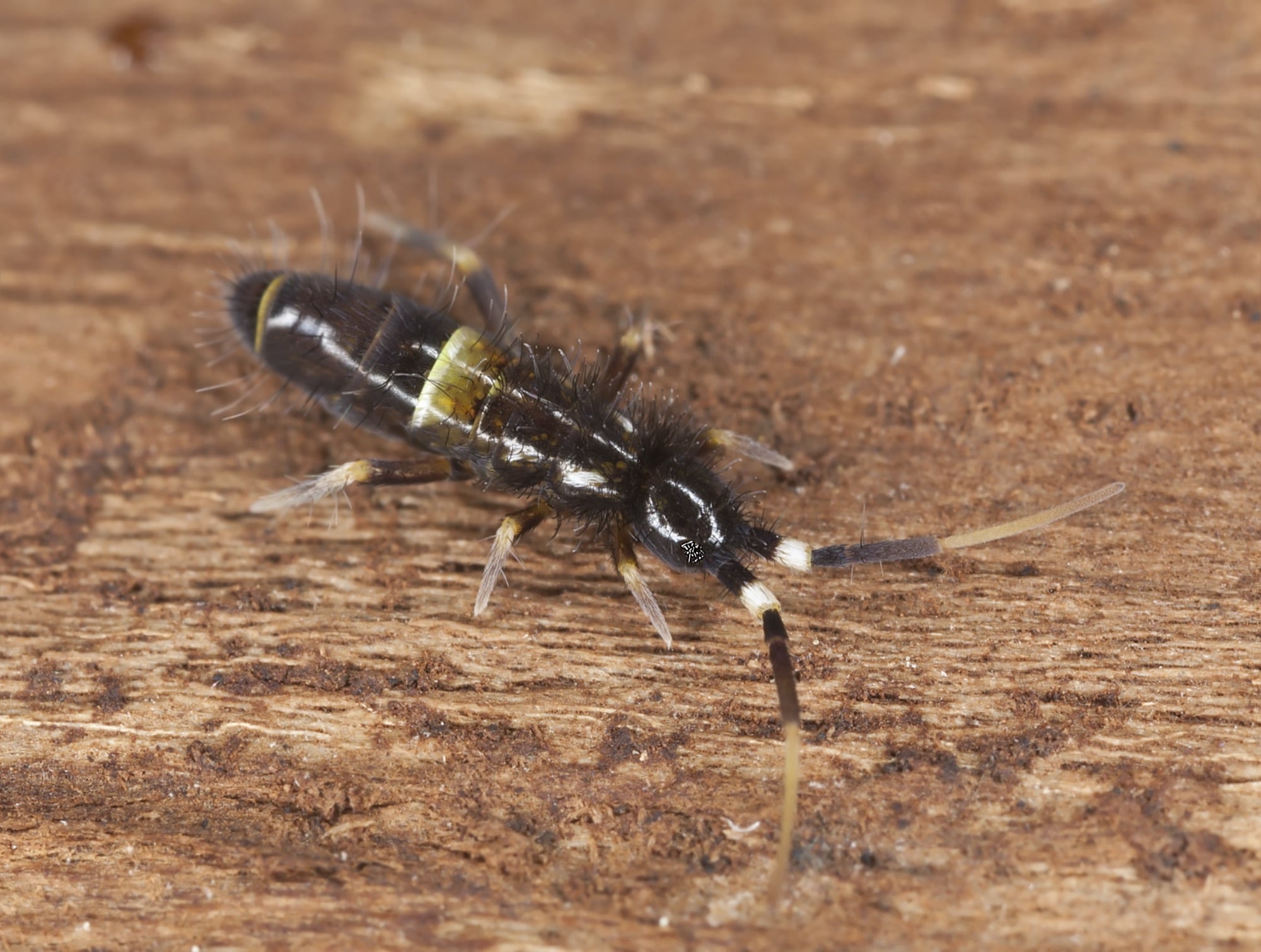Understanding Their Presence

Tiny jumping bugs in your bathroom are often attracted to the same things that make the space comfortable for you: moisture, warmth, and food. While these bugs are generally harmless, their presence can be unsettling and may indicate a potential issue in your bathroom’s environment.
Factors Attracting Bugs, Very small jumping bugs in bathroom
The presence of moisture and warmth creates an ideal environment for many insects, including tiny jumping bugs. Bathrooms are often humid due to showers, baths, and even condensation from hot water pipes. This moisture provides an essential source for these insects, allowing them to thrive and reproduce. Additionally, the warmth generated from hot water pipes and appliances further enhances their living conditions.
Common Food Sources
While bathrooms may not seem like obvious food sources, there are several things that can attract these tiny bugs:
- Mold and Mildew: These fungi are common in humid environments and can provide food for various insects, including tiny jumping bugs.
- Organic Matter: Hair, skin flakes, and other organic debris can accumulate in bathrooms, providing a food source for these insects.
- Food Crumbs: Even small amounts of food crumbs left on bathroom counters or floors can attract tiny jumping bugs.
- Soap Scum: The residue left behind by soap and shampoo can also provide a food source for some types of bugs.
Preventing Entry
Preventing tiny jumping bugs from entering your bathroom is essential for maintaining a clean and pest-free environment. Here are some effective strategies:
- Seal Cracks and Crevices: Tiny jumping bugs can easily enter through cracks and crevices in walls, floors, and around plumbing fixtures. Sealing these openings with caulk or weather stripping can effectively prevent their entry.
- Control Humidity: Reduce humidity levels in your bathroom by ensuring proper ventilation. Use exhaust fans during and after showers, and keep windows open when possible to allow for air circulation.
- Eliminate Food Sources: Regularly clean your bathroom to eliminate potential food sources. Wipe down counters and floors after use, remove any food crumbs or spills immediately, and clean up soap scum regularly.
Effective Control Measures: Very Small Jumping Bugs In Bathroom

Eliminating small jumping bugs from your bathroom requires a multifaceted approach that combines effective control measures, thorough cleaning, and preventative strategies. By understanding the habits and vulnerabilities of these insects, you can effectively target them and create an environment that discourages their return.
Natural Remedies
Natural remedies can be an effective and safe way to control small jumping bugs in your bathroom. They often utilize ingredients that are readily available and less harsh than chemical pesticides.
- Diatomaceous Earth: This naturally occurring, fine powder is made from fossilized diatoms. It acts as an abrasive, damaging the exoskeletons of insects and causing them to dehydrate. Sprinkle diatomaceous earth around areas where bugs are seen, paying particular attention to cracks and crevices.
- Essential Oils: Certain essential oils, such as peppermint, tea tree, and eucalyptus, have insect-repelling properties. You can create a spray by mixing a few drops of essential oil with water and spraying it around the bathroom.
- Borax: Borax is a natural mineral that can be used to kill insects. It works by dehydrating them. Mix borax with water to create a paste and apply it to areas where bugs are present.
Pesticides
While natural remedies are often effective, sometimes chemical pesticides are necessary for more severe infestations.
- Pyrethroids: Pyrethroids are synthetic pesticides that are derived from chrysanthemums. They are effective against a wide range of insects, including small jumping bugs. They work by disrupting the nervous system of insects.
- Insect Growth Regulators: Insect growth regulators (IGRs) interfere with the development of insects, preventing them from reaching adulthood and reproducing. They are a safer alternative to traditional pesticides as they are less toxic to humans and pets.
Traps
Traps can be effective for capturing and eliminating small jumping bugs.
- Sticky Traps: Sticky traps are coated with a sticky substance that traps insects. They are often used to monitor infestations and can be placed in areas where bugs are frequently seen.
- Light Traps: Light traps attract insects using ultraviolet light. They are effective for catching insects that are attracted to light, such as moths and flies.
Cleaning and Disinfecting
Thorough cleaning and disinfecting are crucial for preventing future infestations.
- Vacuum Regularly: Vacuum floors, carpets, and furniture regularly to remove dust, debris, and insect eggs.
- Clean Surfaces: Wipe down countertops, sinks, and other surfaces with a disinfectant cleaner to remove food particles and other attractants.
- Wash Bedding: Wash towels, washcloths, and bedding in hot water to kill any bugs or eggs that may be present.
- Clean Drains: Regularly clean drains with a drain cleaner to prevent buildup that can attract insects.
Preventative Measures
Preventing future infestations requires addressing potential entry points and eliminating attractants.
- Seal Cracks and Crevices: Inspect your bathroom for cracks and crevices in the walls, floor, and around plumbing fixtures. Seal these openings with caulk or sealant to prevent insects from entering.
- Repair Leaks: Moisture attracts insects, so it’s important to repair any leaks in your bathroom promptly.
- Store Food Properly: Keep food stored in airtight containers to prevent insects from being attracted to the smell.
- Clean Up Spills: Clean up spills immediately to prevent attracting insects.
- Keep Bathroom Dry: Ventilate your bathroom after showers and baths to prevent moisture buildup.
